Teen Driving Safety
From the time your teen driver receives their learner's permit, they are taking on a whole new world of responsibility. Whether your teen driver will be sharing the family SUV or purchasing a pre-owned sedan, there are several safety features to help inexperienced drivers. It is also important to talk about avoiding distractions and being as safe as possible on the road. Check out our tips below!
Distracted Driving Awareness with Allstate
April is National Distracted Driving Awareness month. Let’s use this month as an opportunity to decrease distracted driving and keep our kids safe. Here are a few tips.
- Drive by example. When you drive, set everything else aside: no calls, no texts, no food, or anything that distracts you from focusing on the road.
- Talk about texting. Sending or reading a text takes your eyes off the road for at least 5 seconds. At 55 mph, that's like driving an entire football field with your eyes closed.**
- Speak up, save lives. Encourage your teen to speak up if they’re with someone who is driving while distracted. Focusing on the road can save lives.
- Reinforce safe driving. Drivewise® is a free tool that helps you coach your new driver. It lets both of you track driving behaviors, including how often they use their phone, and also provides safety tips and safe driving challenges to improve overall driving (and earn rewards!). Allstate’s teen drivers page offers even more ways to help young drivers stay safe. I hope you’ll join us in making the road a safer place for everyone.
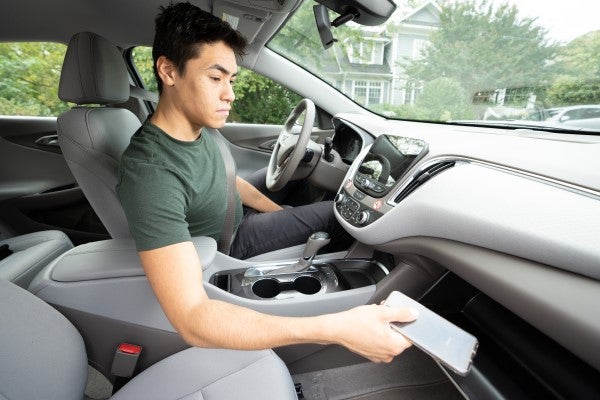
No Cell Phones
Distracted driving is dangerous for anyone on the road, but especially so for an inexperienced driver. If a driver takes just 5 seconds to read or send a text while driving 55mph, they are traveling the distance of a football field without looking! The National Safety Council encourages parents to not only talk to their teens about the dangers of using their cell phone while driving, but to also lead by example.
A few tips for teens drivers:
- Put phones in "Do Not Disturb" mode or placed out of sight; like in the glove box or in a backpack.
- Make a driving playlist of songs that they won't be tempted to skip or search through.
- Use a family app, like Life360, to check speed, location, and phone use while driving.
- Use Apple Carplay/ Android Auto for navigation if driving alone, or have a passenger give directions
In Indiana, cell phone use while driving isn't just dangerous- it is also illegal for anyone under 21 and violators can have their licenses suspended.
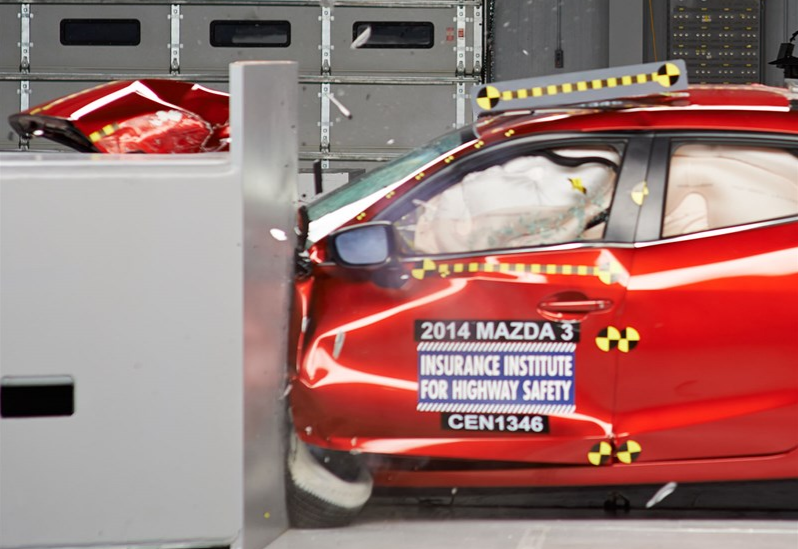
Choose a Safe Vehicle
IIHS says "It can be tempting to put your kid in a beater that’s older than they are or a cute minicar, but doing so leaves them more vulnerable to serious injury in a crash". Vehicles weighing at least 2,750 lbs are recommended for better protection in the even of a crash. While a young driver doesn't need the highest tech car, Stability Control and good headlights are must-have; teen drivers are more likely to be in a 1-car wreck as they are more likely to lose control in bad road conditions. Other great features to look out for are Blind Spot Monitors, Parking Sensors, and Back-Up Cameras. Some popular models recommended by IIHS are:
It is also important to service the vehicle regularly and to not ignore warning lights.
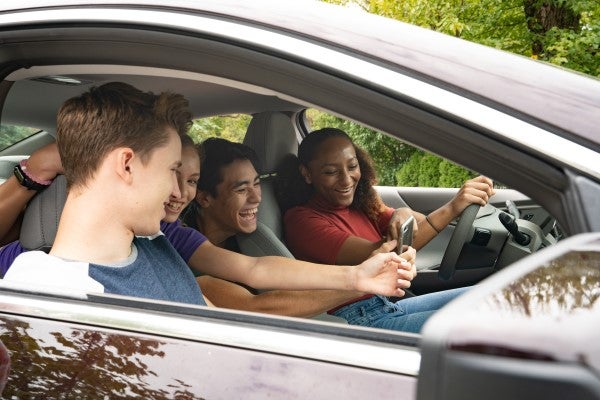
Limit Passengers
In Indiana, teen drivers cannot drive with passengers outside of their immediate family for 180 days after receiving their license. According to the AAA Foundation for Traffic Safety, the risk of a fatal crash for drivers ages 16-17 doubles when driving with two passengers under 21 and is greatly reduced when driving with an older passenger. It is a great idea to limit passengers to one responsible friend or family member. If a group needs to ride together, always have the most experienced driver behind the wheel.
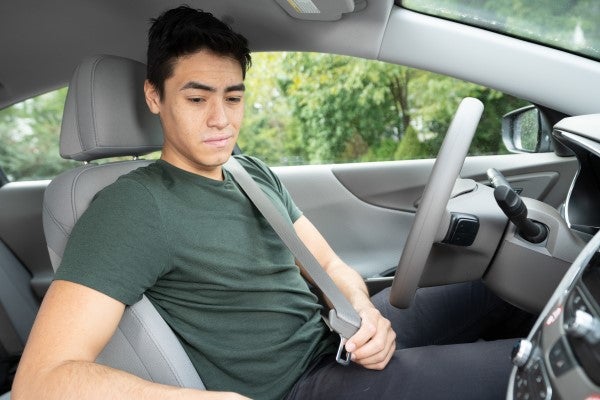
Buckle Up
It is important for your teen driver to understand that wearing a seatbelt, whether they are driving or riding in the back seat, can save their life. Unfortunately, teen drivers have the lowest rate of seatbelt use for drivers. One way to encourage seatbelt use is to make sure the vehicle's seatbelt sensors are on and working properly. Remind your family often to put on their seatbelt before the vehicle is in motion, even if they are just going to the next block over.

No Speeding
In 2019, speeding was a factor in 28% of fatal crashes involving teens. For a less experienced driver, speeding can easily cause loss of control while driving on wet, icy, or narrow roads. Driving at high speeds also makes it more difficult to stop the vehicle if there is a hazard ahead and decreases the effectiveness of safety equipment.
Drivers should always leave early so they are not rushing to get to school, work, and appointments. Talk to your young driver about what to do when other vehicles around them are speeding or driving aggressively; remember to let others pass and don't speed up for them.
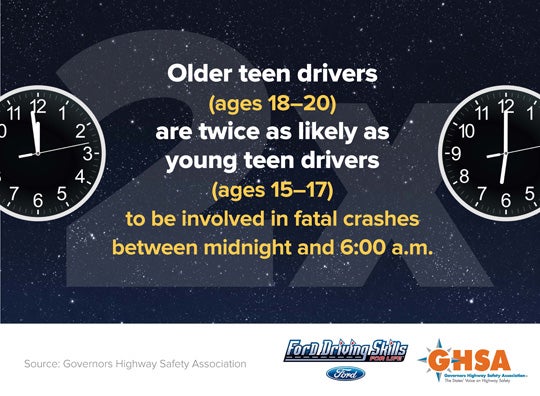
Don't Drive Late at Night
Driving at night can be dangerous for many reasons, including reduced visibility of road hazards, driver fatigue, and more drunk drivers on the road. Because of this, Indiana does not allow teen drivers on the roads from 10pm - 5am for 180 days after receiving their license and after 11pm on school nights until they are 18. A few tips for when your young driver has to drive at night:
- Observe the area in the day; pay close attention to hazards like potholes and tricky intersections.
- Avoid country roads- although other roads may have more traffic, they will be better lit and have less wildlife around.
- Always tell someone when you are leaving and when you plan to arrive at your destination.

